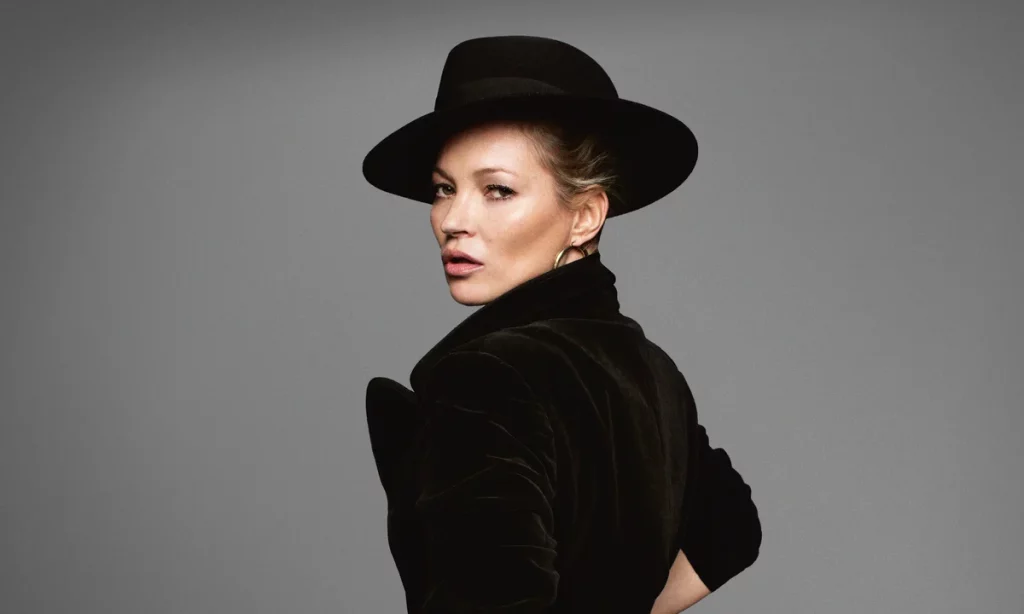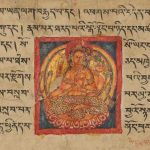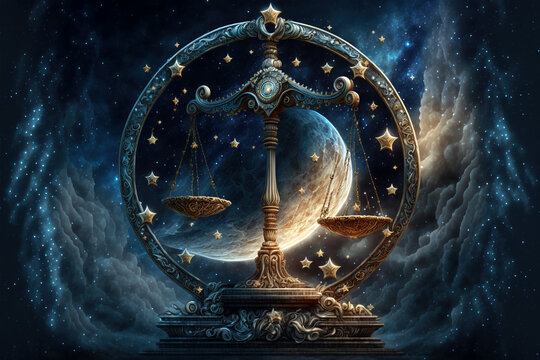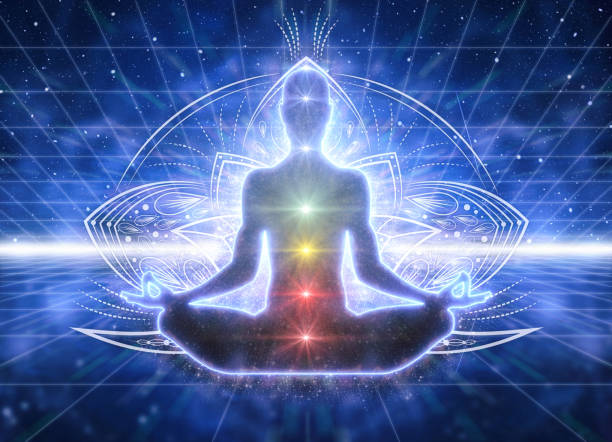The Philosophy and Practice of Indian Martial Arts like Kalaripayattu
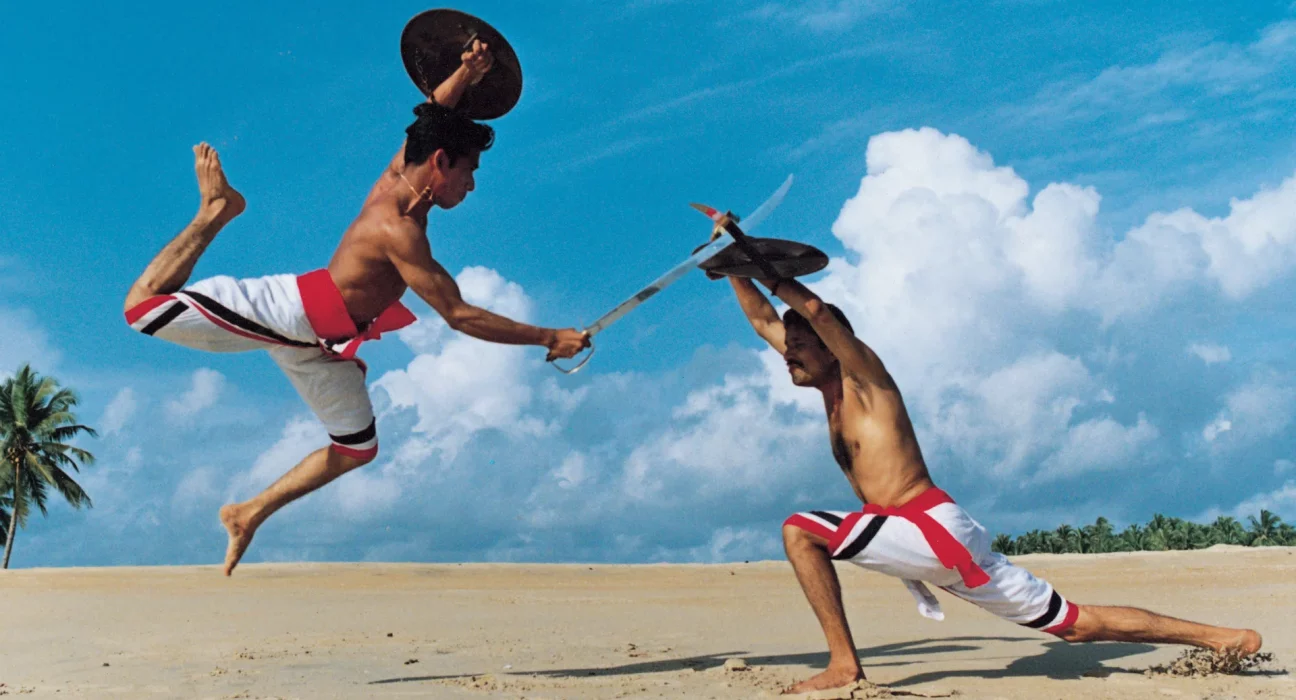
Indian martial arts have long been steeped in rich traditions, where the focus is not merely on physical strength but on mental discipline, spiritual growth, and self-control. Kalaripayattu, one of the oldest martial arts in India, exemplifies this holistic approach to combat. Originating in the southern state of Kerala, Kalaripayattu is considered to be a precursor to many martial arts practices worldwide, offering a unique blend of philosophy, technique, and spirituality.
The Philosophy of Kalaripayattu
The practice of Kalaripayattu is deeply rooted in the philosophical teachings of Indian traditions, particularly those related to the mind-body connection and spiritual discipline. The martial art emphasizes balance, control, and harmony, drawing from ancient Indian philosophies such as yoga, ayurveda, and tantra. It teaches the practitioner to achieve mastery not only over the body but also over the mind and spirit.
The core philosophy of Kalaripayattu revolves around the idea of self-awareness and self-control. It is believed that by mastering the physical body, one can also control mental impulses and achieve inner peace. The movements in Kalaripayattu, whether in defense or attack, are considered to be expressions of energy, embodying the five elements—earth, water, fire, air, and ether. Each movement reflects these elements, with practitioners often using these associations to align their actions with the natural world.
Kalaripayattu as a Spiritual Practice
Much like yoga, Kalaripayattu is not just a physical endeavor but a spiritual one. It is taught as a way to align the practitioner’s energies, harmonizing the body, mind, and spirit. The discipline places great emphasis on pranayama (breathing exercises), meditation, and the chanting of sacred mantras during practice, making it a deeply introspective and meditative martial art.
Kalaripayattu also involves an understanding of the body’s vital energy, or prana, and how it can be channeled during combat or physical activity. Just as the practice of yoga aims to open energy channels in the body, Kalaripayattu aims to control and direct energy for precise movement, strength, and defense.
Physical Practice and Techniques
In addition to the spiritual aspects, Kalaripayattu involves a rigorous physical regimen. The training is divided into different stages, beginning with basic stances, footwork, and simple hand movements. These foundational skills are refined over time to enable advanced techniques, such as striking, grappling, and weaponry. The movements are highly dynamic and flexible, often resembling dance, and require intense physical conditioning.
The curriculum of Kalaripayattu includes both single and paired exercises, with practitioners often sparring in a structured manner. The use of weapons such as the sword, shield, and staff is also part of advanced training, helping to develop dexterity and strategic thinking. However, the emphasis is always on control, discipline, and non-violence—despite being a martial art, Kalaripayattu advocates for peace and self-restraint.
Kalaripayattu and Mental Discipline
In Kalaripayattu, mental discipline is just as important as physical skill. The practice teaches patience, focus, and the ability to maintain a calm mind even in the face of aggression or challenge. This mental fortitude is developed through repetitive training, meditation, and a deep connection with the movements of the body. The martial artist is encouraged to embody a state of heightened awareness, where each motion is deliberate and full of purpose.
The meditative aspects of Kalaripayattu also help in cultivating mindfulness, an essential component of Indian philosophy. The practice requires full concentration and presence in each movement, allowing the practitioner to enter a state of flow, where physical effort and mental focus come together seamlessly.
Kalaripayattu’s Influence on Other Martial Arts
The influence of Kalaripayattu extends beyond India, with many martial arts from around the world sharing techniques or philosophies that originated in this ancient practice. Kalaripayattu is often considered a foundation for other martial arts such as Silambam, a Tamil martial art, and even the broader Chinese Kung Fu traditions, which have similar movements and techniques.
Legacy and Cultural Importance
Kalaripayattu, like many Indian martial arts, has long been intertwined with the culture and traditions of India. Historically, it was taught to warriors and soldiers, who relied on its techniques for defense and strategy. However, in modern times, it has become more of a spiritual practice, offering insights into self-development, mindfulness, and personal growth. The martial art is also a living tradition, passed down through generations of masters, with families and institutions dedicated to preserving its unique teachings.
Conclusion
Kalaripayattu is more than just a martial art; it is a comprehensive system that unites physical training with mental and spiritual development. Rooted in ancient Indian philosophy, it teaches practitioners the value of self-discipline, control, and peace. In a world where martial arts are often seen as tools for physical domination, Kalaripayattu stands out for its holistic approach, encouraging balance and harmony both in combat and in life.
Lessons:
- Kalaripayattu emphasizes the connection between mind, body, and spirit, aligning with Indian philosophical traditions.
- The art teaches self-discipline, balance, and control, encouraging personal growth and mindfulness.
- Kalaripayattu incorporates spiritual practices such as breathing exercises and meditation to complement physical training.
- The martial art offers a deep understanding of the body’s vital energy, guiding practitioners in its controlled use.
- Kalaripayattu’s legacy continues to influence modern martial arts and spiritual practices around the world.






